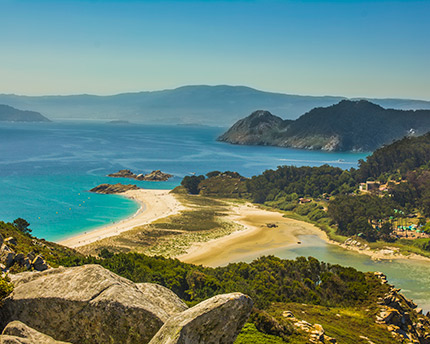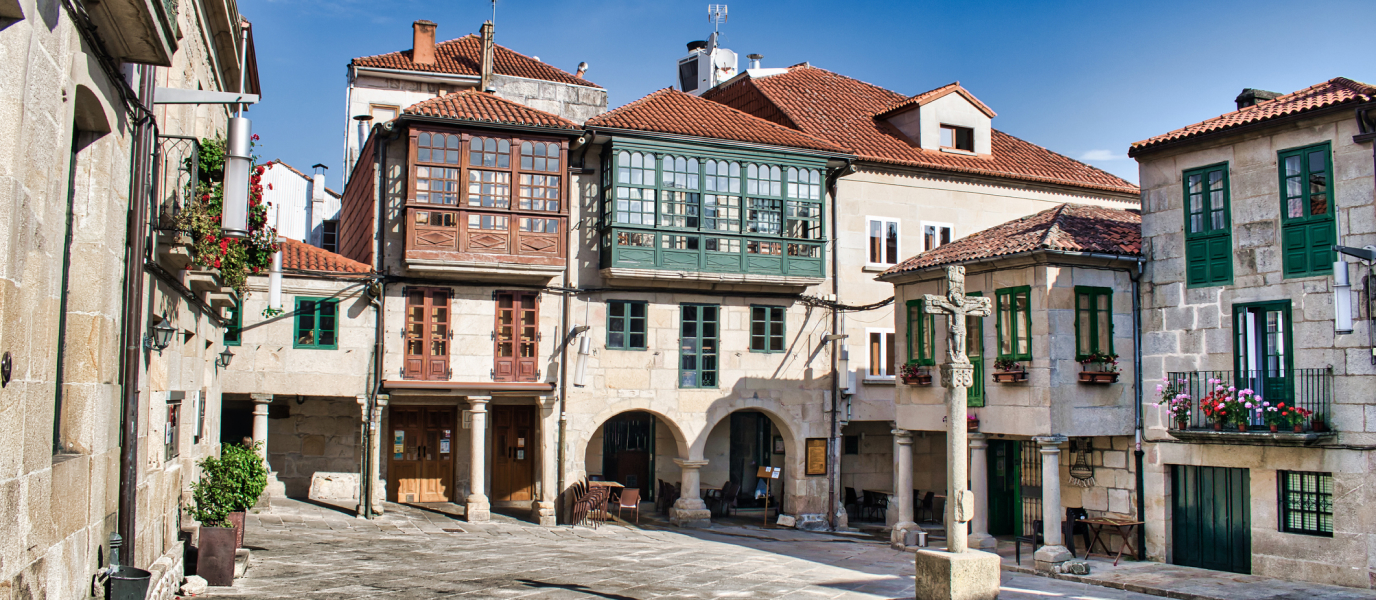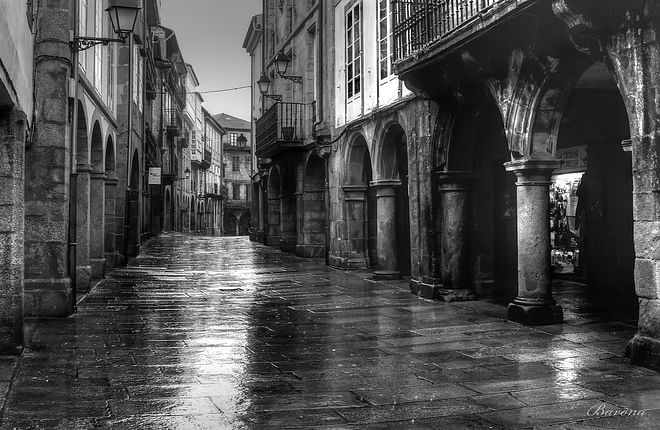Vigo has learnt how to preserve its true essence in a historic seafaring district, which the city has been throughout its history. The estuary defines the open and happy character of the city’s people, but it has also determined the layout of its streets and neighbourhoods. You won’t want to miss the view from the Monte O Castro, a steep walk with a unique reward at the end.
The Historic Quarter
The heart of Vigo is still an area of narrow, winding streets seeking a way to the sea, as if they were small streams flowing towards the ocean. This area was restored years ago, and is now full of shops, cafés and bars where you can enjoy the rhythm of Vigo at any time of day.
The best plan is to wander along Calle Oliva, Calle Palma or Calle Real, as far as the Collegiate Church of Santa María, and back to La Rúa da Pescadería, also known as the street of oysters, where it’s hard to choose which stall offers the most authentic taste of Vigo. A bit of advice: don’t forget to watch the hands of the women who serve on the stalls, and their skill in opening a shell to reveal the hidden, tasty morsel inside.
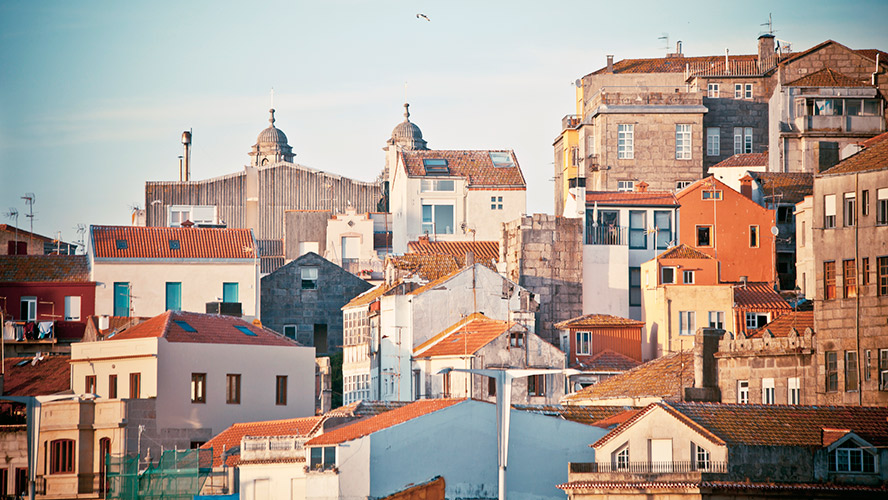
The Bouzas neighbourhood
In Bouzas, the taste and smell of the sea are everywhere. In Galician, ‘bouza’ means ‘thicket’ and, as you might expect, this was originally an area of low forest thickets. This is the old seafaring district that leads down to the sea. Bouzas offers some of the finest views in the early evening, as the sun sets and the terrace bars fill with residents and visitors watching the spectacle.
There is a church, lively cobbled streets, and a crucifix, which many believe was the origin of a burg that was independent of Vigo until 1904.
Now, great industrial shipyards occupy the area near the sea, along with the Centro Tecnológico del Mar [Marine Technology Centre] and two sailing clubs that attest to the district’s past and its present — and lots of terrace bars where you can enjoy mussels, clams, razor clams, fried fish, and pies.
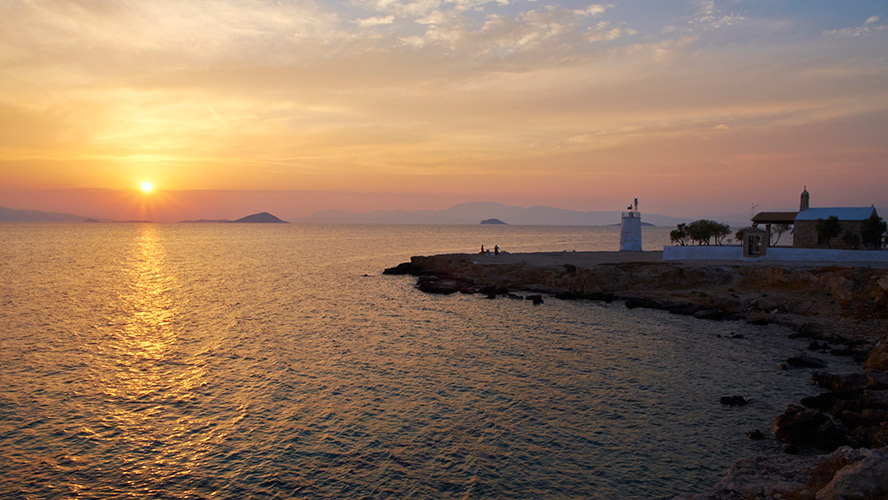
Pazo Quiñones de León
Located in Castrelos park, this traditional stately mansion was donated to the city of Vigo early in the twentieth century, and has been turned into a museum which is well worth visiting. Inside, visitors can wander around and see furniture, lamps and rugs of the time that, while not original, nevertheless give an idea of what it was like to live in these rooms. Also on display is one of the finest collections of Galician painting, extremely valuable archaeological pieces, and European seventeenth- and eighteenth-century pictures from the Policarpo Sanz collection.
The mansion stands between an old tower, the Torre de Lavandeira which dates from 1670, and its stones guard the secrets of the families of marquesses and marchionesses who were very active in Vigo’s social scene.
Don’t leave the mansion without touring its incredible gardens, which are divided into five sections: the access area, the upper rose gardens, the French garden, the English garden and the wood, with camelias which are well over a hundred years old.
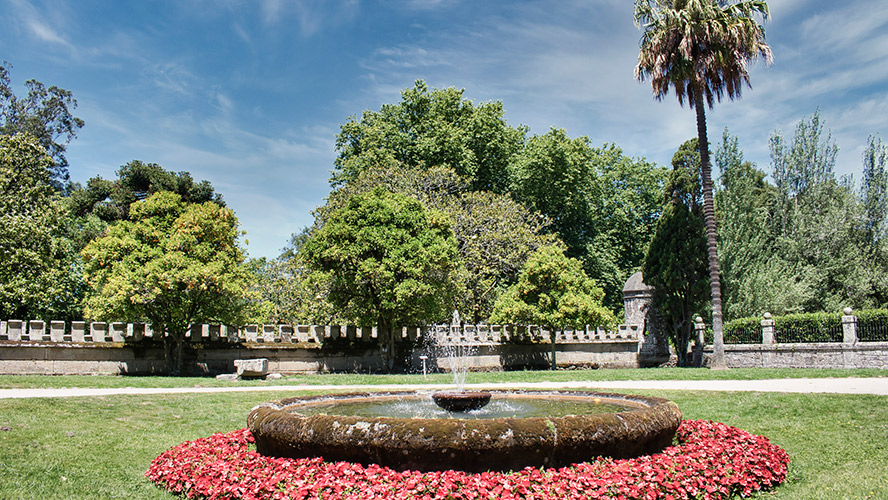
Porta do Sol
Don’t look for an actual gate, nor any sign of one. Just like the Puerta del Sol in Madrid, this square has nothing to do with an entrance apart from its origin: this was the site of one of seven entrances that gave access to the Vigo’s old, walled city.
Nowadays, like its namesake in Spain’s capital city, it is the city’s kilometre zero, linking the old quarter with the new districts of Vigo, known as the Ensanche.
This is the site of one of the city’s best-known sculptures, which caused huge controversy when it was installed in 1991: Francisco Leiro’s El Sireno.
The statue shows a hybrid of a man and a fish, which many see as a perfect analogy of the city. Others, however, have criticised it for its avant-garde nature, or for it being sited in the heart of the Porta da Sol, and even for being set so high up. Everyone has their own opinion.
Sculpture in Vigo
The ultra-modern El Sireno is not the only sculpture in Vigo, a city which could almost be said to have created an open-air museum with over 25 sites where visitors can enjoy seeing a quality statue.
There is something to please everyone: from statues of figures who left their mark on the area’s history and culture, such as Rosalía de Castro or Admiral Méndez Núñez; through those of famous people who travelled through Vigo, including Jules Verne; those of traditional craftsmen such as quarrymen and minstrels, and even scenes from mythology or great battles — such as the sculpture of the Galleons of Rande, or the one of the horses that commemorates the heroes of the Reconquest.
One place where you will find a large number of sculptures is the Monte O Castro where, in addition to the views, you can enjoy art introduced into a natural setting. This is where you will find Vigo’s most controversial monument: the Cross of the Fallen Fighters for Franco.
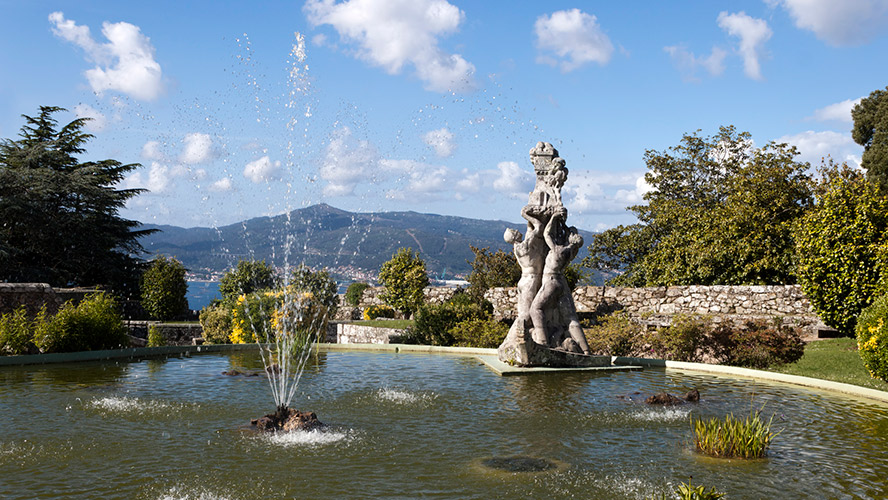
The Co-cathedral
This edifice, known as the Colegiata by all Vigo’s inhabitants, is the province’s co-cathedral, the Church of Santa María. Construction began in 1811 on the site of another church with a cemetery at the side, which was in a very poor condition. Its location, in the heart of the Casco Vello (Old Quarter) and close to the Mercado A Pedra and the Plaza de la Constitución, makes it a very popular church. That, and the fact that the church contains the city’s most revered religious image, the Cristo de la Victoria, who is not even the patron saint of Vigo.
This image of Christ goes out on procession on the first Sunday in August, and is a momentous event for the city, a very meaningful celebration.
The church’s outstanding feature is its sundial, installed in around 1837, which does not conform to the usual orientation of such devices.
Parque de la Alameda
The Alameda was the first urban park to be built in Vigo, on land reclaimed from the sea. Nowadays, it is a smart area in the heart of the Ensanche, a district with lots of shops and restaurants, and frequented by the upper echelons of Vigo’s society since the late 1900s.
Initially, the park was built as a rectangular garden with 50 white poplar trees [álamos blancos, which is where its name comes from], but now it covers 9,000 square metres, filled with fountains, lights, and even a zoo made of stone, with species that have never set foot in Galicia. Animals such as swans or hyenas, all the work of José Luis Medina play hide-and-seek with people walking in the Alameda.
It is also worth drawing attention to the botanical gardens, where flowers from each season blend with traditional trees from the area, such as camelias and magnolias.
Port of Vigo
The port is the point from which Vigo evolved into the city it is today. Historically, this was the reason for the city’s existence, the origin of a city rooted in the estuary and in the sea.
Currently, this is one of the main sites for landing fish, but it also has an area for yachts and even for transatlantic shipping.
We can take our first look at the port whilst eating oysters in Calle de la Pescadería. This is a good spot to recharge your batteries before beginning a tour of the Paseo de las Avenidas. From here, you can wander around the whole of the marina and see the variety of boats that choose to dock in Vigo.
On the quay known as the Muelle de Transatlánticos, you will find the Marine Station. This is a building constructed from concrete blocks, which still plays a role in the port’s operations but which also offers one of the best views of the port of Vigo.
It is worth bearing in mind that this port has been a base for great shipyards and for the biggest companies involved in the global fish and deep-frozen seafood industry, such as Pescanova.
If you continue towards the historic quarter, you can see what the original seaport was, and where the boats were tied up to pillars that had previously been built on the sand.
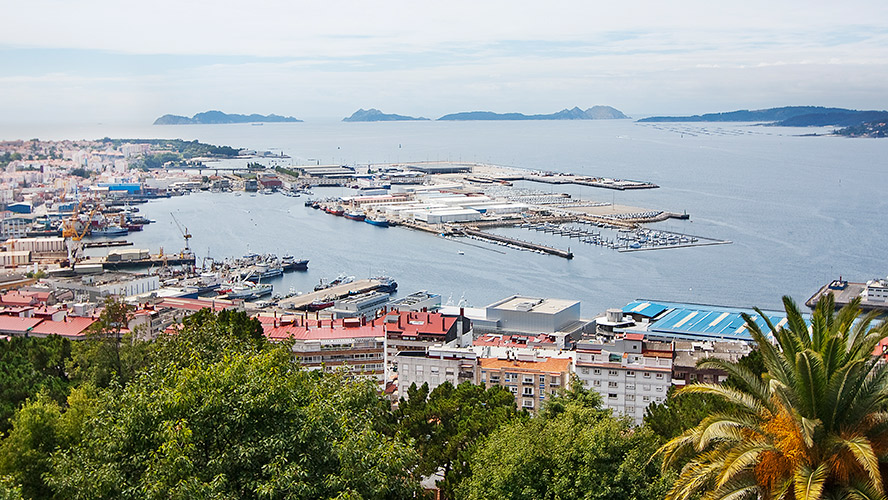
Monte O Castro
This hill stands proudly in the middle of the city, and offers one of the most spectacular views of the entire estuary; it also has stunning gardens and the remains of a castle at the top.
To get to it, you need to summon up all your strength and start climbing steps, although there are metal flights of stairs from the Porta do Sol. The climb is very much worth it, as is the rest between one flight and the next.
One of the first monuments you will come across is that of the Galleons of Rande, consisting of three anchors and several cannons recovered from the estuary, recalling one of the area’s epic battles, and providing inspiration for Jules Verne.
Once you reach the top, the Castro fortress appears like a wonderland, full of ponds, parks and great views everywhere you look.
The fortress walls, the gatehouses, the fountains, a kind of triangular amphitheatre where you can sit and gaze at the horizon, and even a children’s playground are just some of the attractions here. Watching the sun set from here is a unique experience.
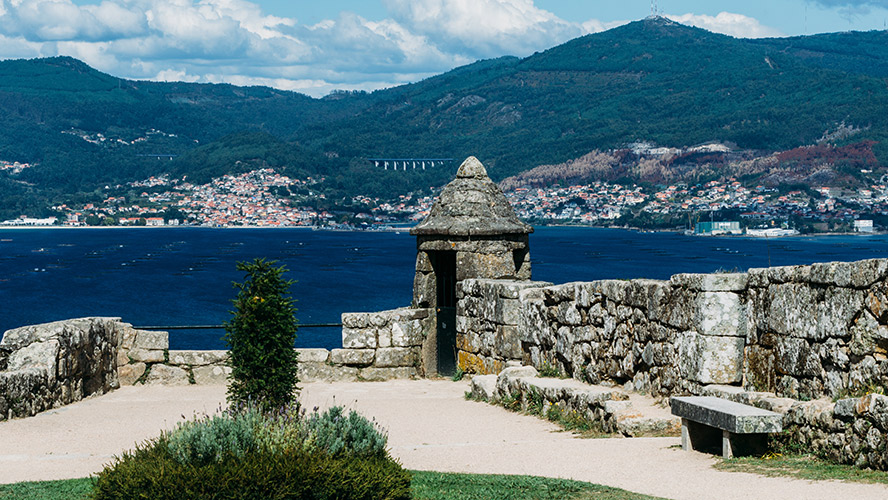
Vigo’s beaches
In Vigo, you don’t just want to look at the sea: you want to go in it, and where better than on one of the beaches in the estuary? Very close to the city centre, there are bathing areas with fine, white sand, and other, more natural coves, areas for water sports, and even nudist beaches.
In fact, in recent years, up to ten of these beaches have achieved Blue Flag status for the quality of both the water and of their facilities.
The most spectacular beach, however, is the one at Rodas, in the Cíes Islands and inside the Illas Atlánticas National Park, which is every bit as good as the finest beaches in the Caribbean and which was, in fact, named as the best beach in the world by a British magazine.
As this is a protected area, you need to book admission, but access is easy, as several ferries link the Cíes with the coast.
This is by no means the only bathing area worth visiting in Vigo: you could also try Samil, a very family-orientated beach or the beach at O Vao, which is packed with young people at all times of the day. Then there is A Punta on the coast of Teis; the beach at O Adro in the district of Bouzas; the small areas of beach at Xobreira and O Xunqueiro, and others.
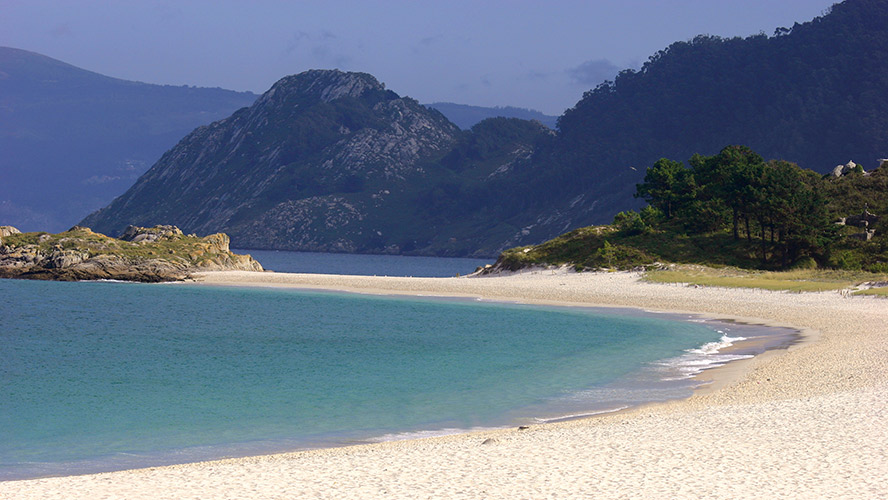
Museums in Vigo
There is a wide and varied range of museums. You could explore the mysteries of the ocean with a visit to the Museo del Mar and its superb aquarium, but you could also enjoy contemporary art on a visit to MARCO, one of Vigo’s most important art museums — and then there are the Museo Liste and the Casa de las Artes.
If you’re looking for something a bit different, you should visit the Verbum Museum, which explains how we communicate, which elements we use, and why. The display includes a large area of interactive games which are great fun for children and adults alike.
Where to eat in Vigo
Eating in Vigo is a treat, virtually everywhere you go. There are great places where you can be really extravagant, but don’t miss the opportunity to eat oysters in Calle Pescadería, or to enjoy this speciality in some of the bars in the old quarter.
The most popular bars include Casa Marco, Taberna A Pedra and Follas Novas, where octopus and seafood are the star dishes.
Vigo also has establishments recommended by the Michelin Guide, such as Maruja Limón, which holds one star, and Detapaencepa, which is mentioned. There are other places, such as A Curuxa and Gamboa Vinte, where the highlight is the set lunch menu.






































































